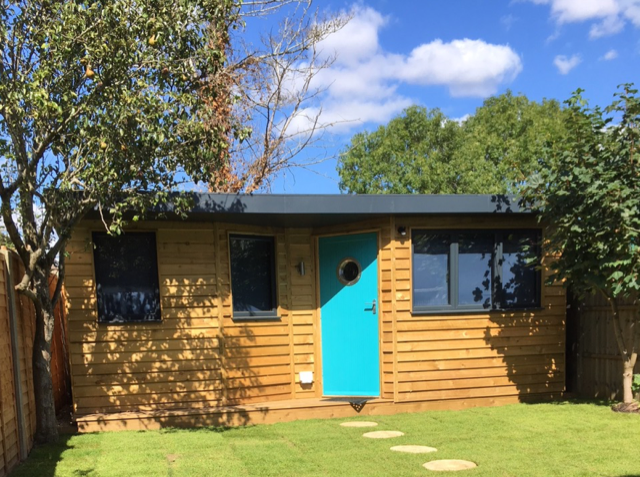WILL YOUR NEW NORMAL MEAN WORKING FROM HOME?
If you have longed to work from home and been envious of anyone telecommuting pre-lockdown, then the last few weeks will have given you the perfect insight into what working from home is really all about.
There are huge advantages to being based at home, but if you’re trying to work from the kitchen table, a rickety desk in the spare room or worse still from your bed or sofa, you’ll know that without a home working plan it can be pretty stressful!
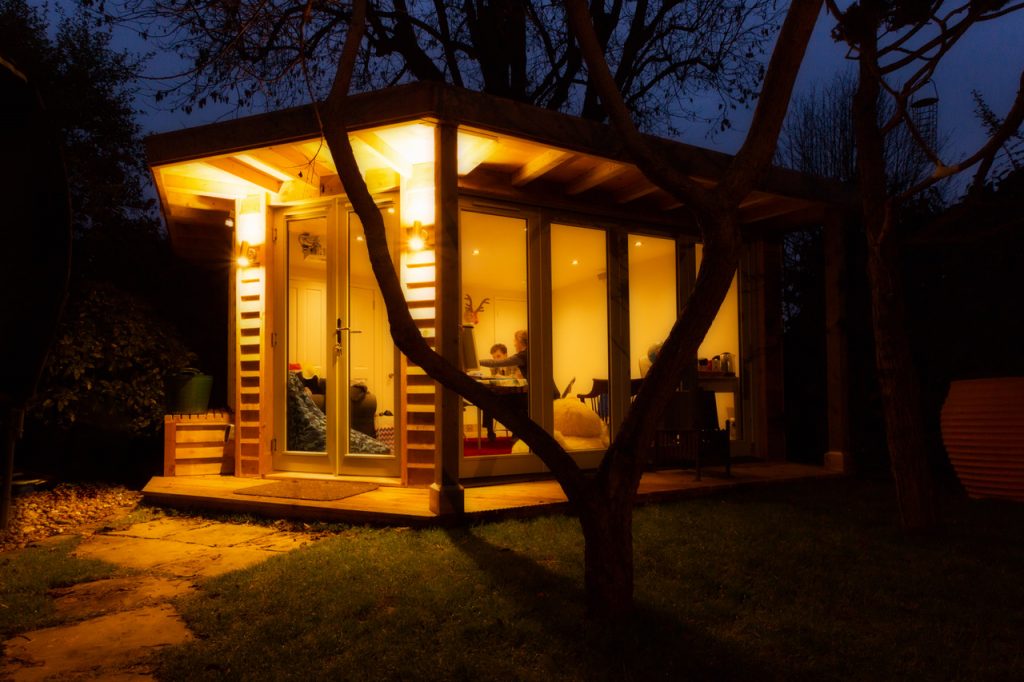
However, the benefits to our health, wellbeing and life balance can be excellent. Not having to worry about traffic jams or packed trains and buses, saving money on lunches and coffees, being able to exercise more, manage childcare and work more flexibly are huge positives for the working from home argument.
With many big global companies such as Twitter and Google announcing this week that a permanent working from home culture could be on the cards, other businesses might follow suit.
But the question is: are you ready to embrace full time working from home after lockdown?
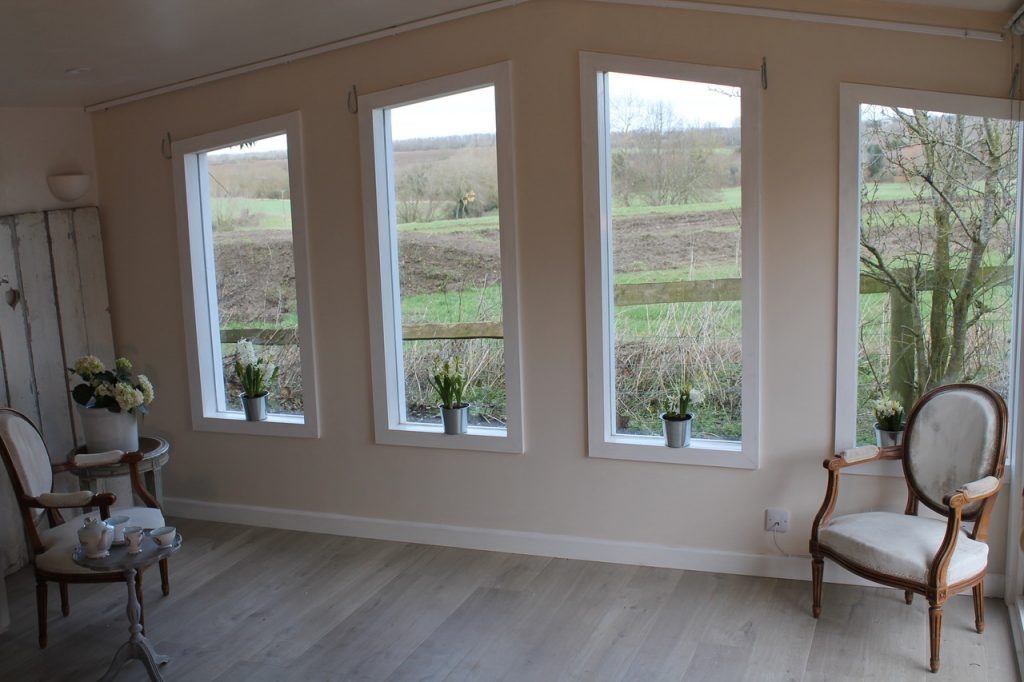
To really make a success of it, working from home should make your life easier and less stressful, not harder and a dedicated space away from the house is a must.
We spoke to Jim Gabriel who runs Inside Out Oxford, a specialist garden building company, with business partner Walter Cundy, about the importance of setting up a home office away from the domestic noise of your house.
Jim has seen a big increase in interest in people wanting home offices recently and is expecting to be rushed off his feet once social distancing and lockdown measures are relaxed.
“Your perfect working from home space needs to be beautiful, functional and comfortable,” he says, “and it needs to be physically removed from the rest of the home.
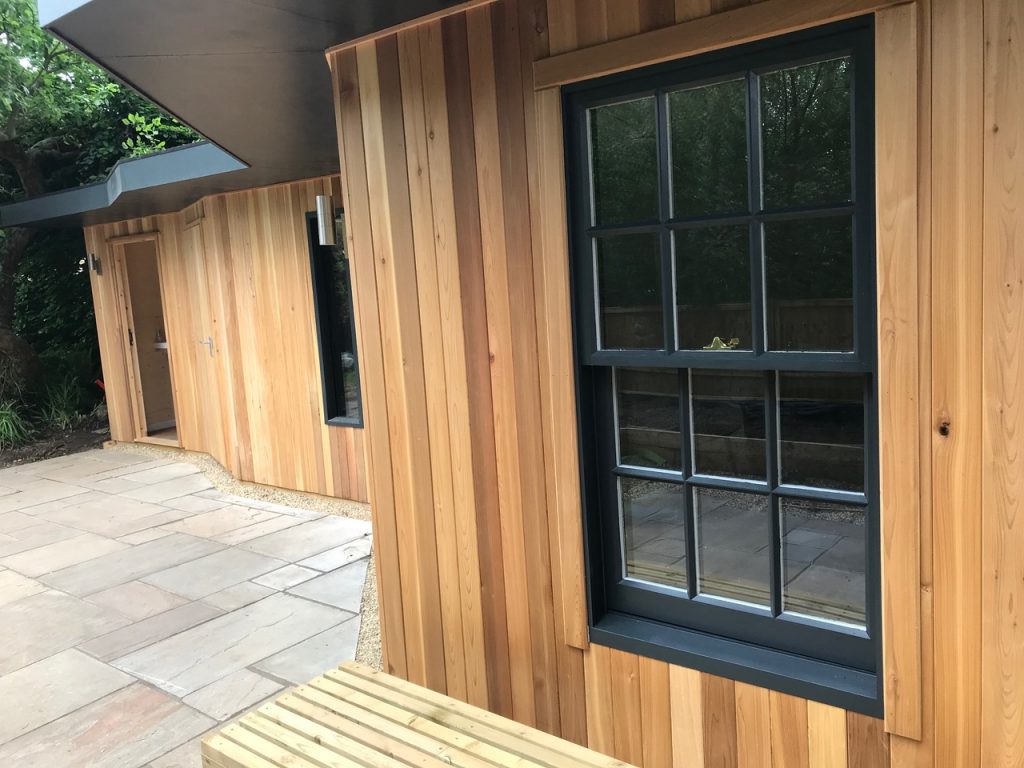
“Do not compromise on any of these! The space must be beautiful because you will be looking at it from your home for many years to come, and when you’re in it you need to really enjoy what you’re looking at.
“The space must also be be fly fufunctional so that you can work and relax there with ease — good work surfaces, storage systems, lighting, access to power points, heating, ventilation, insulation and furniture are important, just as you’d want in your own home.
“Comfort is also vital because in our experience you will be spending a lot of time in it!”
These things do not come automatically out of a box or off a shelf. The best solutions are purpose-designed and purpose-built, based on years of experience.
Jim, a carpenter by trade, is well-qualified to advise on building outdoor rooms, starting his business five years ago after building an outdoor family room in his own garden. The multipurpose play den also incorporated an office, workshop, and home cinema.

“So many people saw it and said, ‘I want one of those,’ so I knew there was a market for totally bespoke, lovingly crafted garden rooms,” says Jim, “and ten years later, we took the concept to market. We’ve had a full order book ever since.”
Having undertaken dozens of unique and individual projects since starting out, the design build duo believes it’s their attention to detail and passion for the product that sets them apart from the cookie-cutter garden room companies.
“We build everything from scratch on site and a typical project can take between five and six weeks,” says Jim. “We love creating a thing of beauty for discerning clients and building something different every time keeps the whole process fresh, interesting and fun.”

Adding an outdoor room makes your home even better, avoiding the need to move while offering essential extra space, especially if you are planning to join the UK’s army of home workers.
Jim added: “Having expanded a home outwards and upwards, families often face the dilemma of needing even more space for a changing family situation but may not have the option of selling up and moving on. That’s where a bespoke outdoor room, built to your specific needs and specifications, can come to the rescue, offering a unique solution to an array of space conundrums.”
Outdoor rooms are a superb way of adding extra space without the need for complicated and lengthy planning permission, as long as they are within the permitted height of 2.5 metres and your home isn’t in a conservation area or listed.
So, does Jim feel we are now really entering an age where more of us will be working from home permanently?
“Yes, we would be daft to go back to all being busy together all of the time, and spending hours every day rushing around on motorways, trains, planes and buses all of the time.
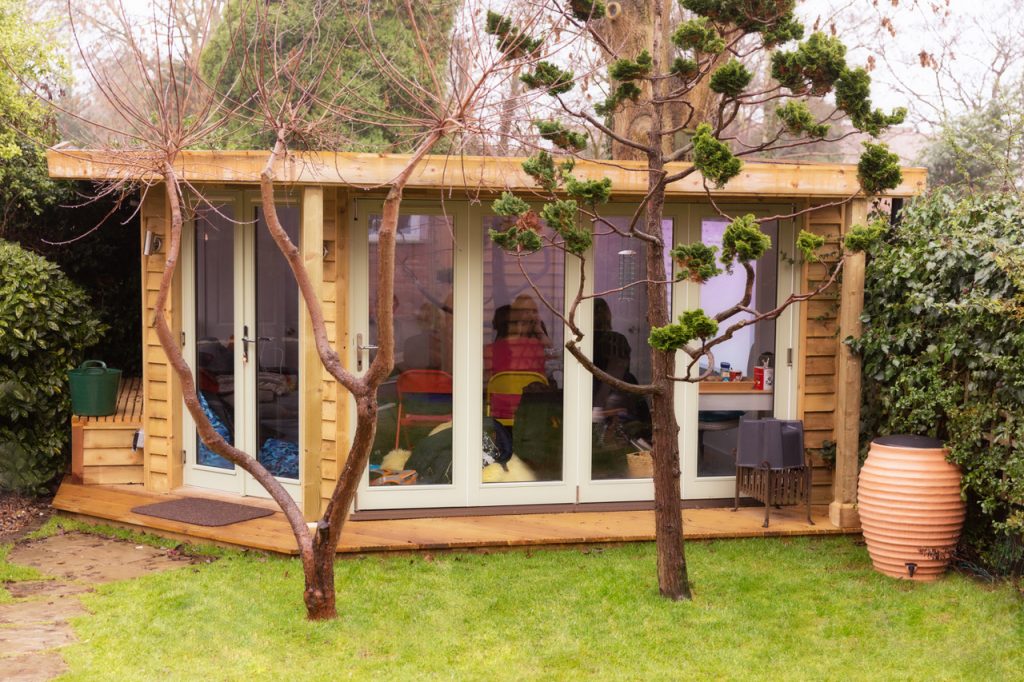
“Our transport systems are clogged, and we all spend a fortune and waste huge quantities of time doing all this rushing around. It is bad for us, bad for the planet, and we know that we can work differently. Most of our physical proximity requirements for workspace in an old-fashioned sense pre-Covid-19, are nonsensical.”
Jim added that customers investing in an outdoor space are increasingly interested in blending their new space into the surrounding landscape and making it environmentally sympathetic.
He said: “Meshing in with your neighbours and immediate natural environment are two key considerations. Nobody wants an ugly carbuncle of a building appearing in their line of sight without some kind of consultation! We have found that customers really want to make use of natural materials, environmentally friendly ways of working, and so on — these are much more important than a few years ago. At the moment ground or air source heat pumps, solar energy, sustainable materials such as timber instead of man-made composites and plastics are becoming priorities.”
Staycationing is going to be big news this year too, many people may have relatives and friends to stay when lockdown is over, and garden buildings can double up as occasional accommodation.
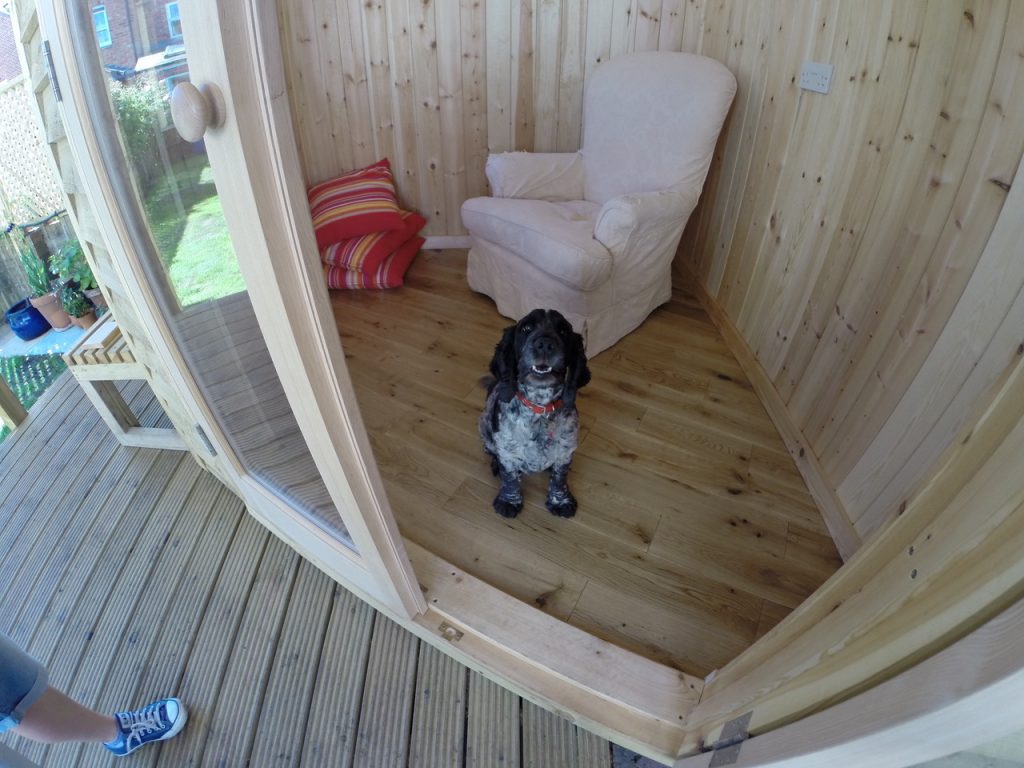
Jim said: “We build garden rooms the way timber-framed homes are built in New Zealand, the US and Canada, making sure they’re warm in winter and cool in the summer, properly heated and insulated and powered with oodles of natural light is all part of the package. Occasional use for sleepovers is not uncommon, I think.
Some of our customers have commissioned annexes from us that are used 24/7 as residential dwellings, and our building methods are the same. If somebody is actually going to live in their garden room installation however, it will need planning permission and must comply with building regulations.”
To create your ultimate outdoor room, follow Jim’s three useful tips:
1. Think outside the box
Many successful outdoor room designs work with the available space to create a building that blends sympathetically in the chosen setting, while also making a statement at the same time.

“Even a larger-than-average structure can be cleverly designed to melt into the background, making your garden appear bigger and the garden room less obtrusive,” says Jim.
2. Work with existing elements
You don’t need a completely blank canvas when designing and building an outdoor room. Thanks to the bespoke nature of their designs, Jim and his team can build their rooms to work with any existing elements within a garden. “Trees are often a big issue – either ones that can’t be removed from the site, or precarious ones that overhang from other gardens,” says Jim. “However, as we always use strong steel rafters and ground screws, our garden rooms are incredibly robust, and falling branches just bounce right off them.”
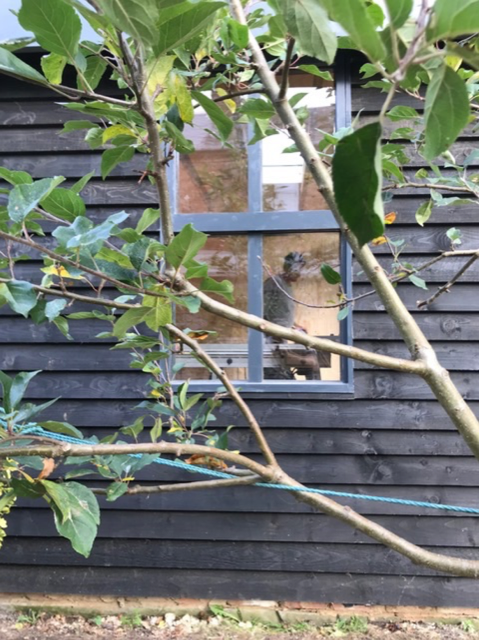
3. Treat it like any other room in your home
An outdoor room is much more than a glamorous shed and certainly doesn’t have to be flimsy, cold or damp. When designed properly, with damp-proofing, weatherproofing, insulation and heating, a timber-framed garden room is built to last and can be enjoyed all year round. So, when arriving at a design that works for you, consider your outdoor room as a permanent and valuable addition to your current home, and it will naturally feel like an extension of the house.
SARAH EDWARDS
To find out more go to www.insideoutoxford.uk











